Amazon Fire TV Stick vs Roku Streaming Stick [2022]
![Amazon Fire TV Stick vs Roku Streaming Stick [2022]](https://www.techjunkie.com/wp-content/uploads/2017/09/apartment-chair-clean-contemporary-279719.jpg)
It’s a tale as old as…the last decade. Roku vs Amazon’s Fire TV Stick. Which is better? Easier? Bigger bang for your buck? The answer might honestly surprise you.
There are lots of options for consuming media these days; Amazon, Roku, Netflix, Hulu, Chromecast, Apple TV, Disney+, and lots of others. Most of us couldn’t care less about who makes the device or runs the service that feeds us content, we only really care about what content is available on what device.
So, which one of these sticks, sticks out the most and takes the cake? Let’s compare and contrast.
Amazon Fire TV Stick
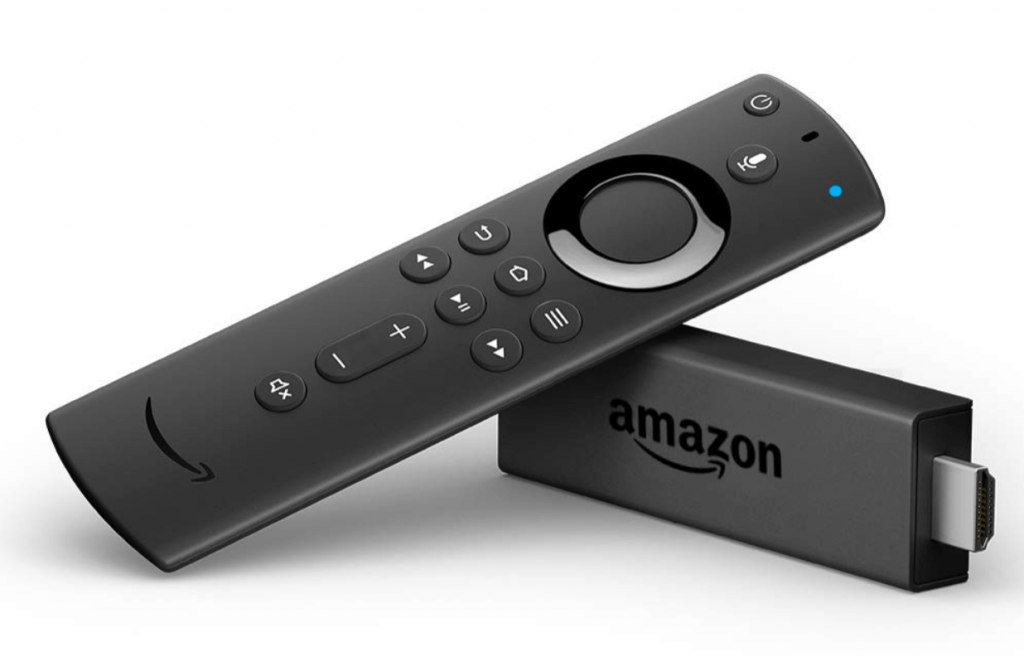
The Amazon Fire TV Stick is $29.99 and has changed quite a bit since the last version. This new hardware is more powerful than before with a quad-core processor, 1GB of RAM, 8GB of storage, WiFi, Bluetooth, Alexa voice support, HD output, and Dolby 5.1 output.
Smart home integration is one of the big advantages of owning a Fire TV Stick. The Alexa assistant easily integrates into your other smart home devices. Commands like, “fast forward three minutes,” to “skip commercials,” or “find movies starring Jack Black,” and so on. The range of voice commands is fairly wide so I didn’t test all of them, but the ones I did worked well.
The content mix is strong, with Amazon Prime being positioned front and center. You also get access to other services such as Netflix and Spotify, TV Catchup, and a range of channels depending on your region. If the service has an app, you can access it. Some prime examples of the robust quality and quantity of services are as follows: Netflix, Hulu, Disney +, Plex, YouTube, Amazon Prime, and they all work seamlessly with the software.
The interface is nice to look at and has had an overhaul from previous versions. The menus are snappy and intuitive, the search functions great, and the experience is nearly nothing but positive. The only downside is that Amazon’s universal search system doesn’t seem to work properly. Sometimes you’ll try using it to find a fairly popular show only to have the search results come up completely blank. Then you’ll look for it manually and it will be right where you expect it to be. Aside from that gripe, the Fire TV Stick is solid.
Using the Amazon Fire TV Stick
Simplifying setup is what makes one better than the other. The easier it is to use, the more recommended it will be, especially for anyone who doesn’t consider themselves tech-savvy.
- Plug the Fire Streaming Stick into your TV’s HDMI port
- If you haven’t already, turn your TV on and change your input accordingly
- Connect the Fire Stick to your WiFi network
- Sign-in to your streaming accounts
- Start watching
If your internet connection is halfway decent, there is very little buffering and playback is usually flawless. HD content plays well and the entire user experience is a satisfactory one.
Roku Streaming Stick
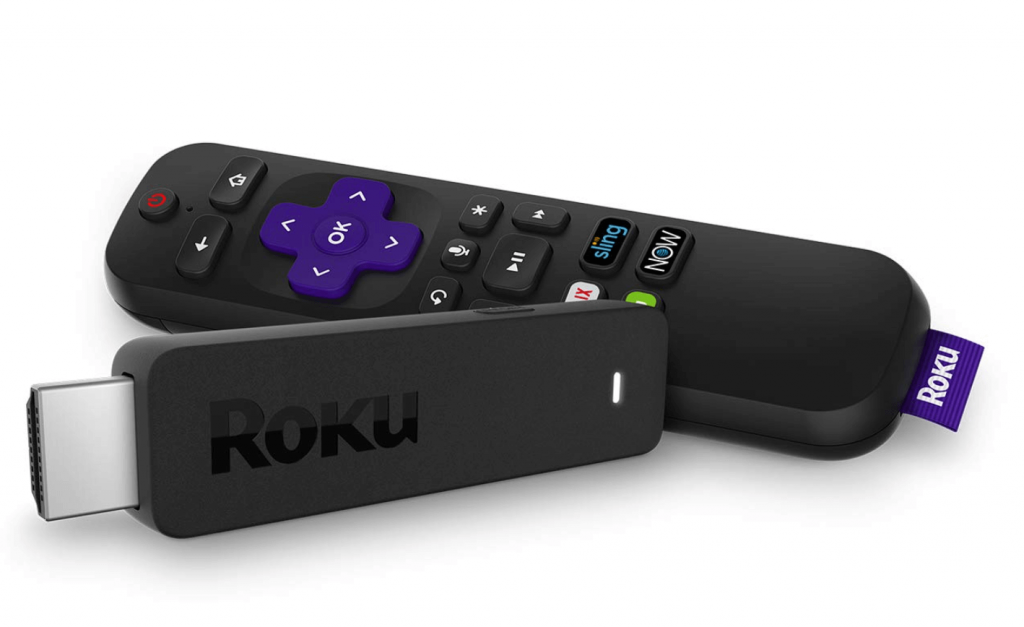
The Roku Streaming Stick is $49.99 and has a similar-enough design to the Amazon Fire TV Stick to almost be mistaken for each other. It slots into an HDMI port, has its own remote control, and works in much the same way. The hardware isn’t as powerful as Amazon’s, though it certainly gets the job done.
You can use voice control with Roku using the Roku app on your phone, though it’s not nearly as universal as Amazon’s Alexa. So, instead of using voice control usually, you’ll be using the remote or app to operate the device. The remote itself is especially simple, which works in Roku’s favor. It has the standard directional and selection buttons and some quick access buttons that take you immediately to Netflix, Sling TV, Hulu, and DirecTV Now.
Setting Up is a Breeze
What makes these sticks to accessible to all ages is their ability to be used by nearly everyone who cares to learn. Here’s what you do:
- Plug the Roku Streaming Stick into your TV’s HDMI port
- If you haven’t already, turn your TV on and change your input accordingly
- Connect the Roku to your WiFi network
- Register your stick with a Roku account (through app or website)
- Sign into your streaming accounts
- Start watching
Roku will then search for updates and then allow you to pair your remote. After that, it will load the default channels. The entire process takes less than five minutes, including setting up the Roku account online.
Using the Roku Streaming Stick
Once configured, the Roku interface is very simple to use. The menu is on the left and will take you wherever you need to go. Navigate your favorite TV shows, movies, and news outlets, search for content, add channels or configure settings. The menu is fast and responsive and does a good job of keeping everything in one place.
The content works a little differently than the Amazon Fire TV Stick. Amazon provides access to its own content first and then to other providers. Roku is more agnostic and provides access to a huge number of channels, some free, some paid for. There are over 500,000 shows and movies to choose from, so I didn’t even scratch the surface.
The streaming performance was excellent. Even though the Roku is less powerful than the Fire Stick, I had no problems with streaming HD TV shows. So long as your WiFi is at least decent you’ll have very little buffering and no stuttering or performance issues. Menus work well and even the search function is fast.
The only issue I saw was the slow loading of a couple of apps. The Netflix app, for instance, took maybe 20-30 seconds to load. That’s slightly more time than the app on my smart TV, though it’s definitely not a dealbreaker.
Amazon Fire TV Stick vs Roku Streaming Stick
Both the Amazon Fire TV Stick and the Roku Streaming Stick are great devices that don’t cost a lot to buy or run. They have slightly different intents but the result is the same. They give you access to streaming TV direct to your living room. While Amazon is more intent on delivering first-party content, Roku streams just about anything.
Roku is, overall, generally considered the easier of the two. The device may not be as powerful, but you don’t need an Amazon Prime account to get the most out of it. Aside from Amazon Prime Video content, you can access the vast majority of what is available on Fire TV on Roku without the added expense.
If there are indeed over 500,000 shows and movies available on Roku, that is more content than you could possibly consume in a lifetime. With channels like Crackle, Netflix, BBC, and Twitch, you already have more than enough content requirements met without even trying anything else.
Fundamentally, if you’re looking for HD content done well combined with ease of use, both devices deliver. Both are capable of 4K streaming, both are plug-and-play types, and both have the content you’re probably looking for. At the end of the day, buy the one that stands out to you.








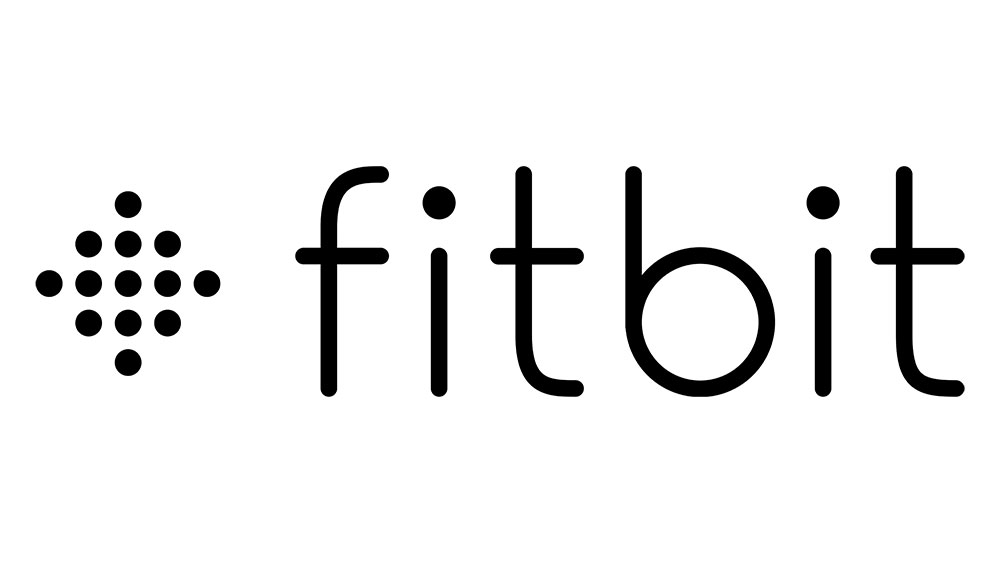


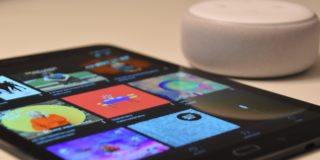
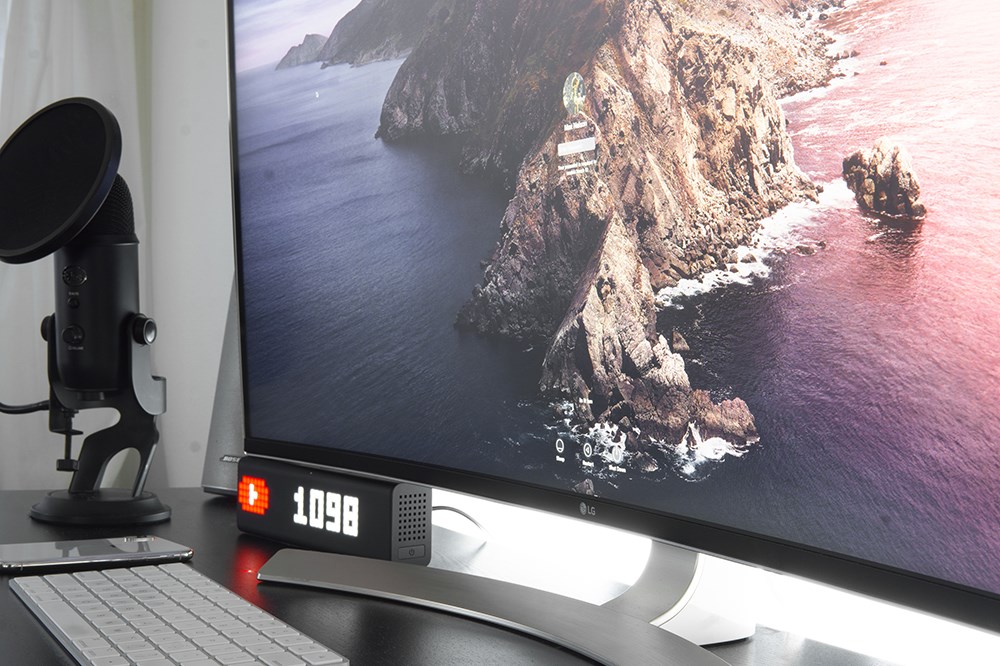








One thought on “Amazon Fire TV Stick vs Roku Streaming Stick [2022]”
My router is Asus RT-AC68U , it works and covers huge area in my house (1600 sqt). I had been having issue that my Roku USB 4K stick wireless connection strength to the Wifi router. 2.4Ghz, 5Ghz , it was good a few days and then no connections. No matter what I did adjust my Wifi Router, it just didn’t work.
I got Amazon FireTV USB stick for free from activation SlingTV! Good time to check if it is better with another USB stick brand. Surprisingly, the Amazon FireTV stick has connection signal strength from the same spot I have the old TV to my wifi router GOOD SIGNAL strength. I don’t even connect 5Ghz but 2.4Ghz and gave me 12Mbps download load , great for streaming 1080p.
Amazon FireTV ‘s Wifi chip has better signal connection range than Roku 4K USB Stick (maybe Roku upgraded better with their new Roku 4K USB + Stick but I don’t bother to spend another $50 for that,,,non-sense~)
Good luck!